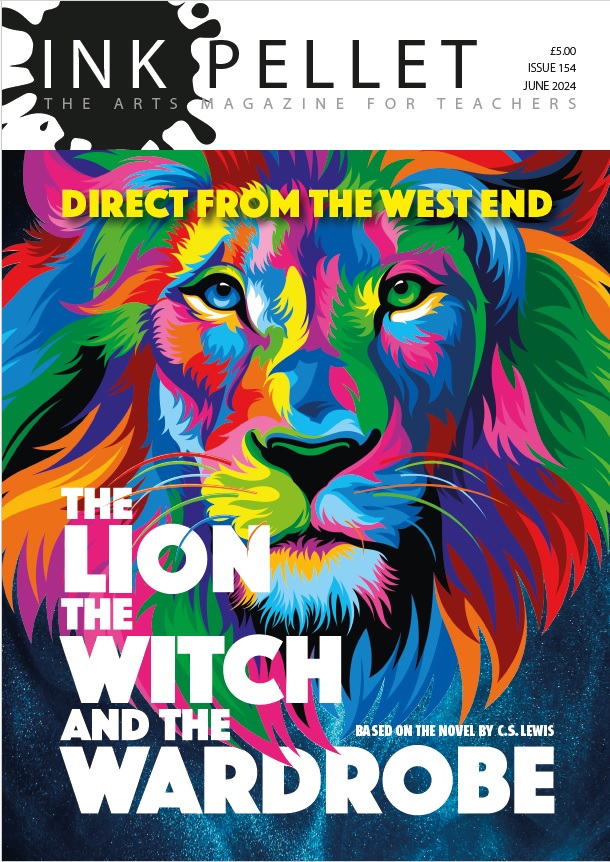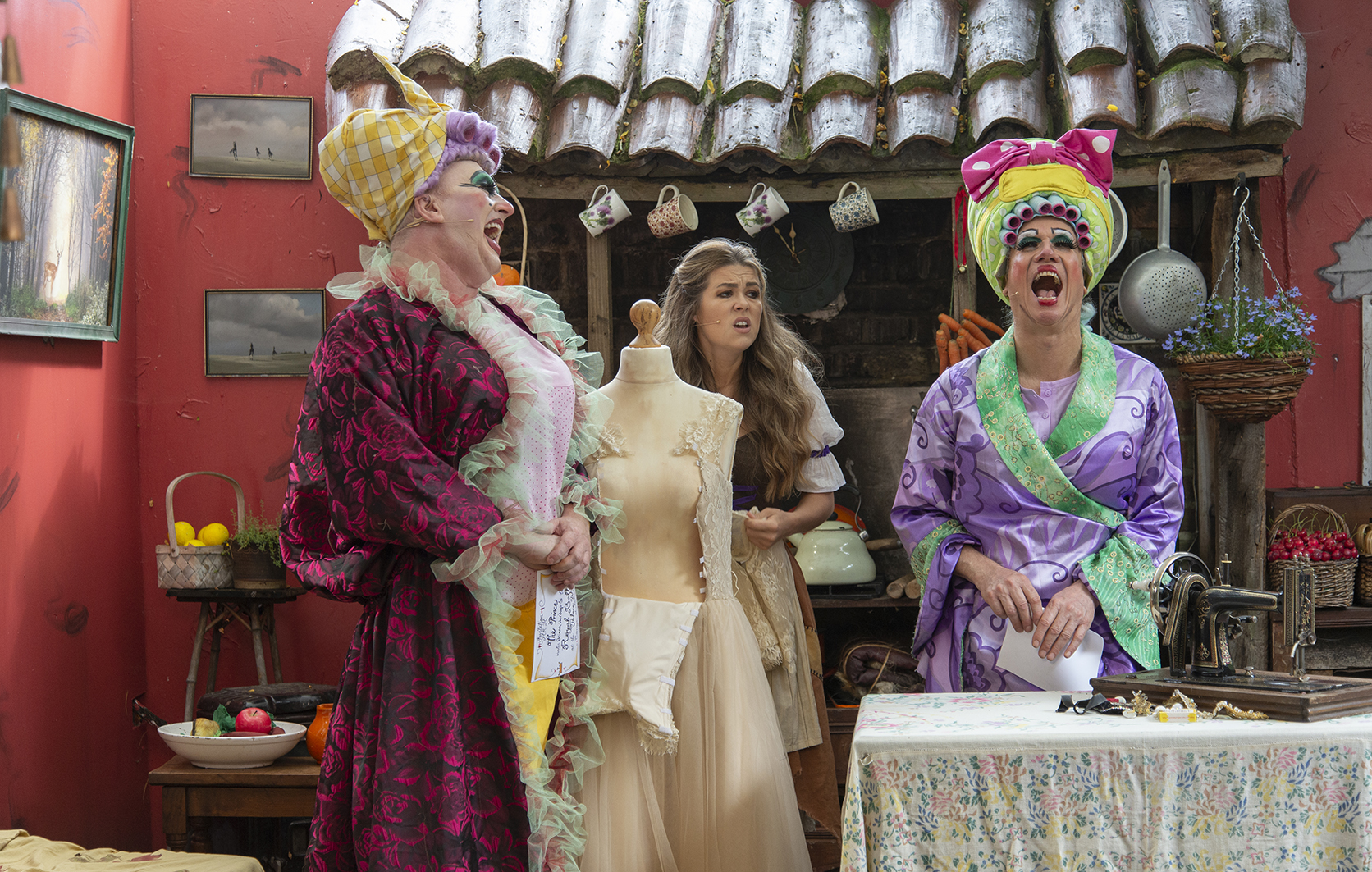Susan Elkin, a stalwart of hundreds of pantos, implores you to continue introducing live performance to your cohorts through this quintessentially British institution.
As we embark on the season of mists, mellow fruitfulness and new pencils my thoughts turn to pantomime. Oh yes they do… I’ll say that before anyone else does and get it out of the way.
When I was a child, the local pantomime opened on Boxing Day and ran through January and often February. This was the norm and one of the many ways in which conventions have changed. Today panto is all about the run-up to Christmas. And it matters a lot because, whether you’re a panto fan or not, the fact is that for many children it’s their first experience of live theatre.
You still see families out together at Canterbury, Worthing. Hackney Empire or wherever who probably don’t share anything else in quite this way for the rest of the year. Paul Hendy, who runs the highly successful Evolution Pantomimes once told me that there was an occasion when he saw a five generation family enjoying one of his shows.
Some shows do three performances a day – morning, afternoon and evening – to make sure there’s plenty of opportunity for school parties. I remember feeling pretty sorry for the cast at Hazlitt Theatre Maidstone, at a morning panto performance attended only by a group of adults with severe learning difficulties, a nursery class and me, at the time a critic for a national publication. Of course, they worked their socks off but they simply weren’t getting any audience reaction. It made me realise just what an essential component of pantomime participation and interaction are. It simply doesn’t work without it.
So how did this strangely British theatre genre develop and what are its USPs? It is rooted in the Commedia dell’Arte of 16th century Italy which featured dance, music, acrobatics and stock characters such as Harlequin. It then took on a life of its own in Britain with the clown Joseph Grimaldi becoming a household name and ensuring the inclusion of a chase and some slapstick. By the mid-nineteenth century, European and other folk tales had begun to dominate the narrative so that today most pantos are Jack and the Beanstalk, Cinderella, Snow White and the Seven Dwarfs or Aladdin with forays into other stories such as Peter Pan and Dick Whittington. And we all look for the set pieces such as off to the ball at the end of Cinderella (will there be real Shetland ponies?) or the shooting up of the titular beanstalk.
Panto gradually came to be regarded as family entertainment, although something odd happened in the last decades of the twentieth century when some shows seemed to be so full of “adult” humour that some people were reluctant to take children, We seem now to have settled down to a status quo in which lavatorial jokes are OK and laboured farting is obligatory but crude sex is off limits – although you can get away with the occasional innuendo and knowing winks at the dads in the audience.
There is also now a new genre called “adult pantomime”. I’ve been reviewing panto for 25 years – there have been seasons when I’ve seen 20 different ones – but had never, until last year, seen one of these adult jobs. The same small company did a family one followed by the adult panto after an hour’s break – I stayed for both shows and I have to say that the adult show fell very flat. It just seemed to be setting out to be as crude and explicit as possible and was really not funny. Perhaps it’s just not my thing.
Actually, no sort of panto is “my thing” really although that doesn’t stop me praising the talent and work that goes into it and being delighted that so many children get to see it. Sadly – perhaps I was on over-serious child – I used to sit there wishing they’d stop all “this silliness” and get on with the story.
There is scope for teaching children and young people a little bit of theatre history and panto “rules” before you take them on the school trip to your local one (which I hope you’ve booked?). What are the crucial elements of a 2022 pantomime?
There will be a man outrageously dressed as an older woman leading the company – the traditional pantomime dame. I once counted 14 costume changes. There should be a “slosh scene” in which several characters throw water or plates of foam at each other and a scene in which they sit on a bench and sing a song to scare ghosts (or something) away while the audience yells “It’s behind you!” There will be topical jokes, lots of puns – and a current song. One year I heard Gangnam Style in a dozen different shows. Another season it was Baby Shark that was ubuiquitous. You might get the principal boy played by a young woman but that seems to be slipping out of fashion, as is the old practice of having all the dialogue in rhyming couplets.
And having thought about all this why not get your primary school class or secondary English or drama class to write a pantomime? You could do it collaboratively with small groups assuming responsibility of specific scenes? And you could insist on a story which doesn’t usually get this treatment: Red Riding Hood or Robin Hood, for example. You may have to invent characters. Make them as diverse as possible. What fun!
@SusanElkinJourn



